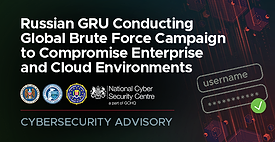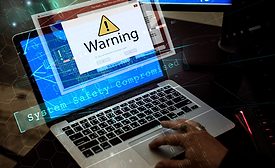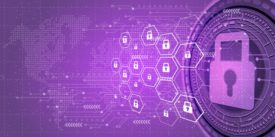Cybersecurity News
Security leadership: 2021 Women in Security
Get a glimpse into the professional journeys and backgrounds of 13 very talented and skilled enterprise security leaders.
July 6, 2021
Sign-up to receive top management & result-driven techniques in the industry.
Join over 20,000+ industry leaders who receive our premium content.
SIGN UP TODAY!Copyright ©2024. All Rights Reserved BNP Media.
Design, CMS, Hosting & Web Development :: ePublishing












